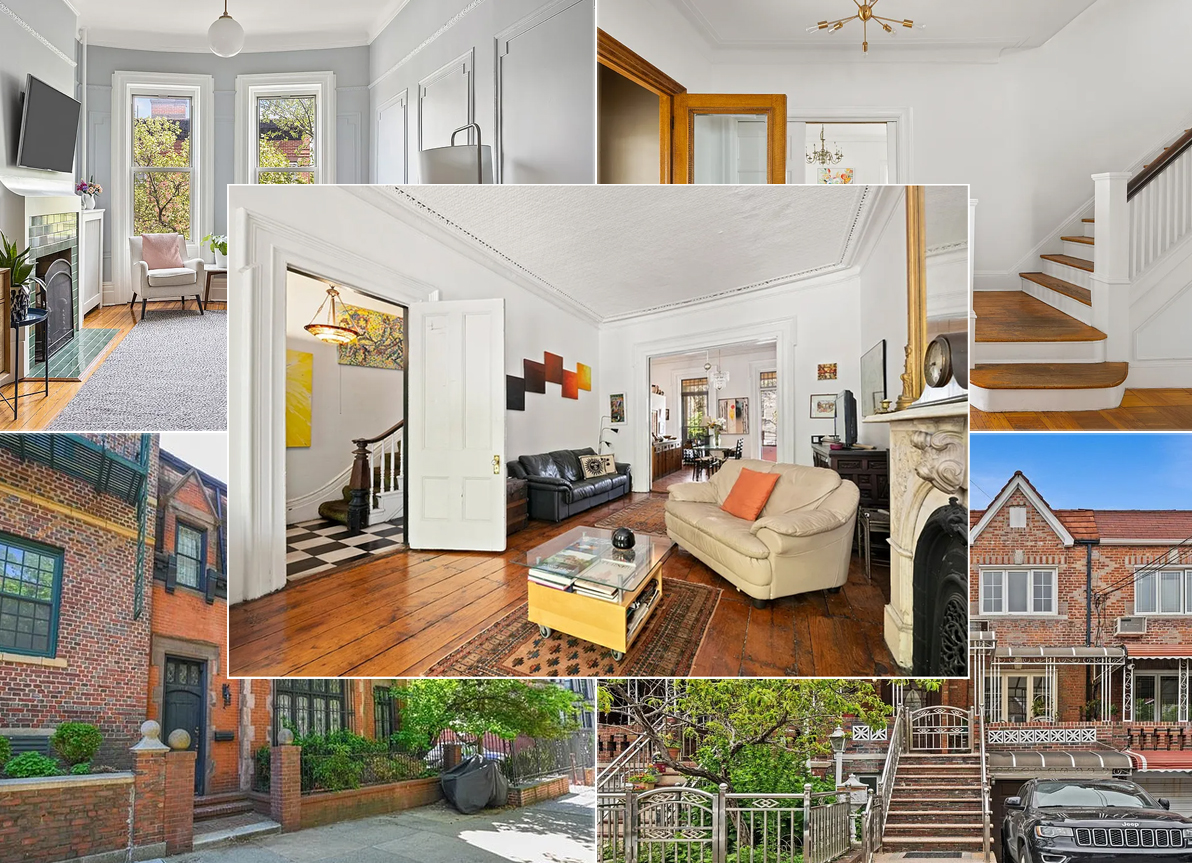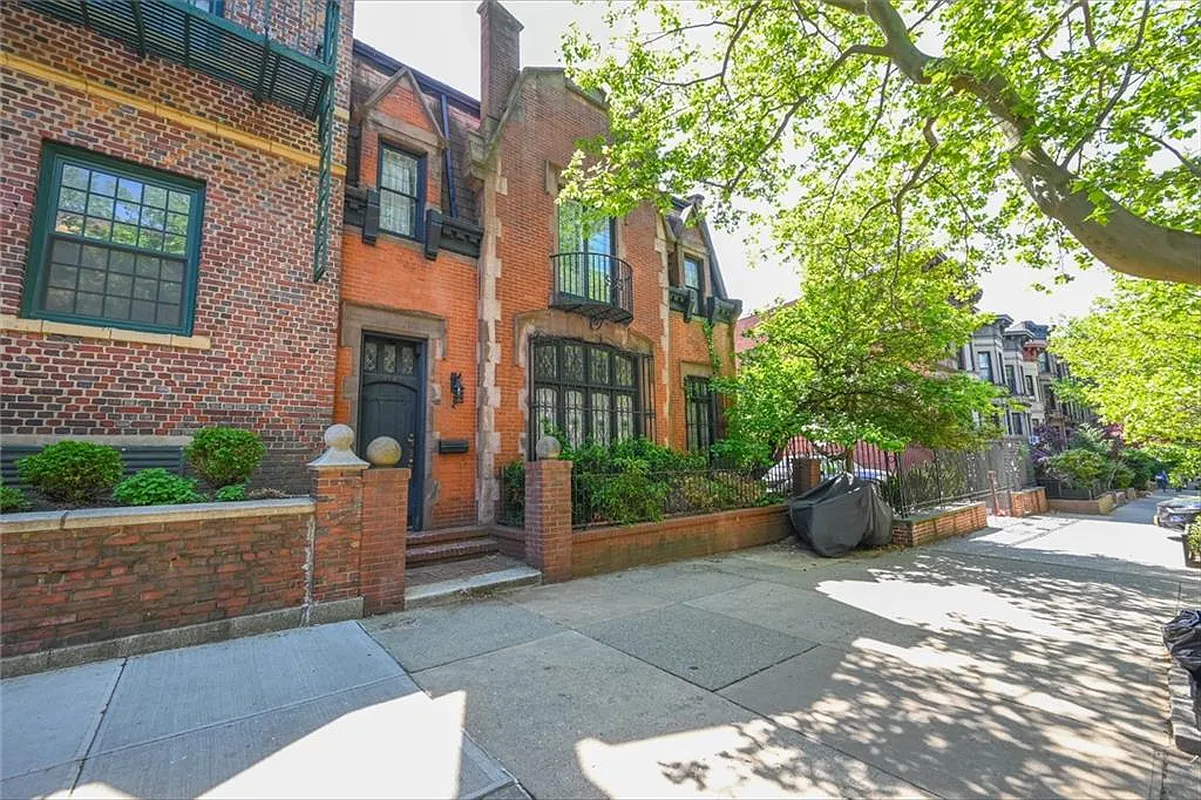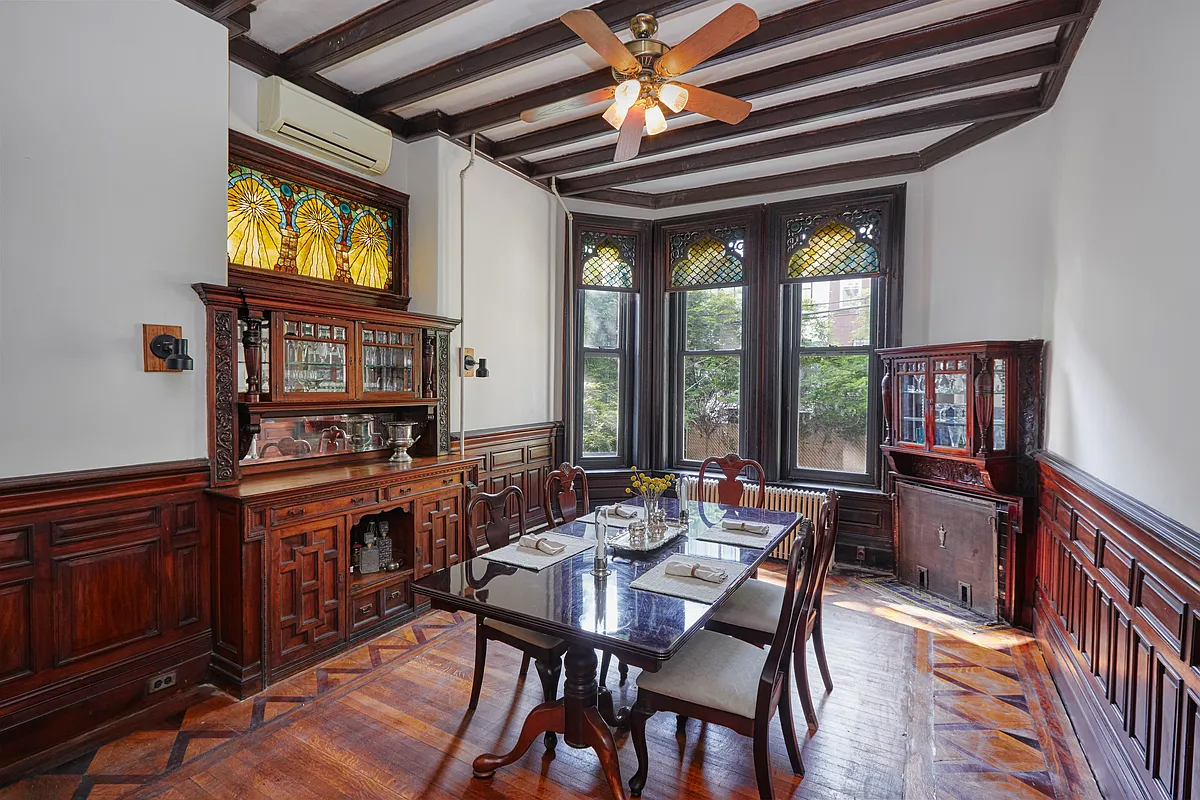Inside Third & Bond: Week 35
This week on Inside Third & Bond, the Hudson Companies folks provide a play-by-play look at how they got their $25 million loan. Gloom and doom. Now that we’ve gotten that out of the way… this week we want to celebrate our construction loan closing for Third & Bond. When we tell people that we’ve…


This week on Inside Third & Bond, the Hudson Companies folks provide a play-by-play look at how they got their $25 million loan.
Gloom and doom.
Now that we’ve gotten that out of the way… this week we want to celebrate our construction loan closing for Third & Bond. When we tell people that we’ve closed on a $25 million dollar loan, we get some slightly arched eyebrows like they can’t quite believe it. While terms are changing, banks are still in the business of lending and we took advantage of a long-standing track record with Wachovia to get the best deal we could find.
Not that we want it to sound too easy. After all, so many of our readers seem to love when we recite in painstaking detail all the tasks associated with the development process. (Biff, this one’s for you!)
Step one: Term sheet signed…
…We solicit term sheets from banks by giving them a bank book which pitches the project through a description of design and amenities, price point, neighborhood, etc. We also give them a copy of our honest-to-g*d pro forma. They give us term sheets and we negotiate, hopefully to signature. One of the terms it took us some time to agree upon was the release prices. Wachovia initially set the release prices at our target sell-out of $800/SF. The release price is the price at which the bank will release the construction lien against a particular unit. If the release price were set at $800/SF and we wanted to sell it for less, then we’d have to dip into our own pocket to make up the difference. It is much better to have a cushion between what you hope the sell-out price will realistically be and what you promise the bank. That way you have the flexibility to reduce prices if necessary. From the bank’s point of view, the higher the release price the more money we are on the hook for and the better protected their loan. In the end, we agreed to having the release price set at an average of $700/SF for all of the units for the initial term of the loan.
Another negotiation point was in regard to the Offering Plan. Wachovia’s term sheet required that the Offering Plan be approved within 120 days of the closing. Since we don’t have control over the New York State Department of Law, we asked for approval to be changed to submit. They gave us that but tacked on that it had to be approved within 240 days so that we push to get the plan approved.
We also talked with the bank about getting retainage on hard costs decreased to 5% from 10% once we are 50% complete. They had proposed 5% retainage starting at 60% complete. For them, that was an easy bone to throw. We had also asked them to count the fee on our land loan toward the construction loan fee…but they knew the deal was overall pretty compelling and wouldn’t budge on that item.
We had about a dozen negotiation points, some of which the bank agreed to readily, others we found some middle ground on, a few they refused outright, and a couple that they said, Can we deal with that in the loan docs instead of hashing it out now? I think the attorneys have some language they like to use. We signed the final term sheet a couple of weeks after the initial one. And then we started the long part of the process…
Step Two: Prepare for loan closing. This process is time-consuming, and involves a lot of different players. Either our attorney or the bank’s will get the ball rolling by sending out a closing checklist. This document lists the dozens of documents needed for the closing and assigns responsibility for drafting or getting them.
• Legal docs: The attorney’s take care of drafting things like the Loan Notes and Mortgages, the Guaranty, and the Borrower’s Resolutions. Most of the hundreds of pages of legal documents are boilerplate but there are sections to negotiate—like some language about shifting funding between line items in the loan, say if it turns out windows cost less than budgeted but the doors cost more. Then there are new issues that come up. For us the big one was dealing with the Guaranteed Maximum Price. The bank typically requires the GMP before the loan is closed—the bank wants to know that our budget meets with reality. But in our agreement with the construction manager, the GMP isn’t locked in until we are 75% into buy-outs (i.e., signed subcontracts for 75% of the cost of the project). We weren’t at 75% buy-outs by closing (and still aren’t), so we agreed with the bank to drawing a limited amount from the loan until we can provide the GMP. That $3M should easily cover us through the site work we’ll be doing in the short term and 75% buy-outs are on the near horizon. The bank wanted us to guarantee 75% buy-outs within 60 days, but we were able to successfully counter with 120 days. Again, a cushion is always better.
• Appraisal: See Week 32.
• Plan Review: The bank hires an architecture/engineering firm to be the bank’s engineer. They review our drawings and the construction budget, as well as our contracts with the architect and construction manager. Then they give us, in the case of Third & Bond, a six-page letter with questions. Fortunately, we only had to answer a handful of the most pertinent before the closing. For example, our survey notes a water tunnel easement below our site and the bank’s engineer wanted us to tell her what we know about it that it is at least 100′ below grade, if not several hundred. Most of the rest of their comments are a mix of clarifications and recommendations. We haven’t had to make any changes to our drawings based on their comments—some of them were already addressed in the set of drawings that were produced after we sent the initial review set and others are not really applicable. For example, the engineer suggested putting smoke detectors outside of recreation rooms and our response is that we are providing smoke detectors to meet NYC Building Code we have smoke detectors by the bedrooms which are down the hall from the rec rooms.
• Surveys: Since we’d completed demolition, we needed a new architectural survey which shows not only the property boundaries but also what is on the site (or in our case, what isn’t).
• Architect’s and CM’s letter: Both the architect and the construction manager have to sign a letter that pledges that if we, Hudson, get kicked out of the development process, then they will complete the project for the bank under the same terms as the signed contracts with us.
• Insurance certificates: We have to provide proof of insurance from us as well as from the construction manager. These have to be checked and triple checked. The addresses have to be exactly the way the bank wants them, all of the relevant entities have to be named additional insured, and the coverage has to match what we’ve negotiated and meet the bank’s minimums.
Most of these things went pretty smoothly (though not quickly). The biggest two hiccups were with getting the construction manager agreement signed—the negotiations were too much fun to rein in, and then working through with the bank what it would mean to not have a Guaranteed Maximum Price (GMP) at closing.
Step three: Closing. On the appointed day, our attorney meets the bank’s attorney at the latter’s office. They start by prepping for the onslaught of signatures. Then we (the lendees) and someone from the bank show up a few hours later to start signing. Usually there are several stacks of legal folders piled onto a conference table and a handful of semi-bored people sitting alternately primly and relaxed in oversized leather chairs. If you’re lucky, there’re some bottled drinks sweating on a credenza. In addition to the attorneys, the bank representative, and us, there is someone from the title company to collect the mortgage recording tax, among other things. At this point, all of the terms have been negotiated so there aren’t any of those used car salesmen moments (We’ll just leave then…). Instead, we pass the time by checking in on everyone’s opinion about the latest economic news, the goings-on of each other’s children, etc. At the Third & Bond closing much of the talk centered around our bank person’s upcoming nuptials in the Caribbean and the fact that she is going from one tough-to-pronounce Russian surname to one even tougher to pronounce.
Finally, all of the documents are signed, notarized, copied, and meticulously restacked in banker’s boxes. We stretch our way out of the leather chairs and are off to a celebratory lunch. After the Third & Bond closing, our attorney introduced us to a fantastic little street crammed with outdoor seating—Stone Street. We recommend it for your future closings on Wall Street. Shouldn’t be too busy in the coming days…
Inside Third & Bond: Week 34 [Brownstoner]
Inside Third & Bond: Week 32 [Brownstoner]
Inside Third & Bond: Week 31 [Brownstoner]
Inside Third & Bond: Week 30 [Brownstoner]
From our lawyers: This is not an offering. No offering can be made until an offering plan is filed with the Department of Law of the State of New York.”





Hey David,
How big is Hudson? How many partners and employees total?
BTW, youve built some beautiful properties. Ive seen the houses in Rockaway myself and for a lower income area they look great.
Any chance of you revealing what the likely GMP trade cost (excluding general conditions)is going to be per SF?
What was the total project cost (ie how much equity was required). I give you credit for getting a construction loan in this environment.
Did the project underwrite as a rental? Based on the release prices I would think not unless there was a huge amount of equity.
Thanks, Biff, but we don’t have anything to do with this project (other than providing the blog space). The developers write this weekly post.
12:18, mea culpa! Fell for it big time. But I am honored to have a Brownstoner shout out, nonetheless (although I would have preferred it to have happened in a Sex and the City topic versus “Inside Third & Bond”)
Seriously, Brownstoner, congrats on the loan closing and showing the doom and gloomers that life and business are going on for many people. Best of luck with the project.
Biff!!! You fell for the bait because you are reading this comment.